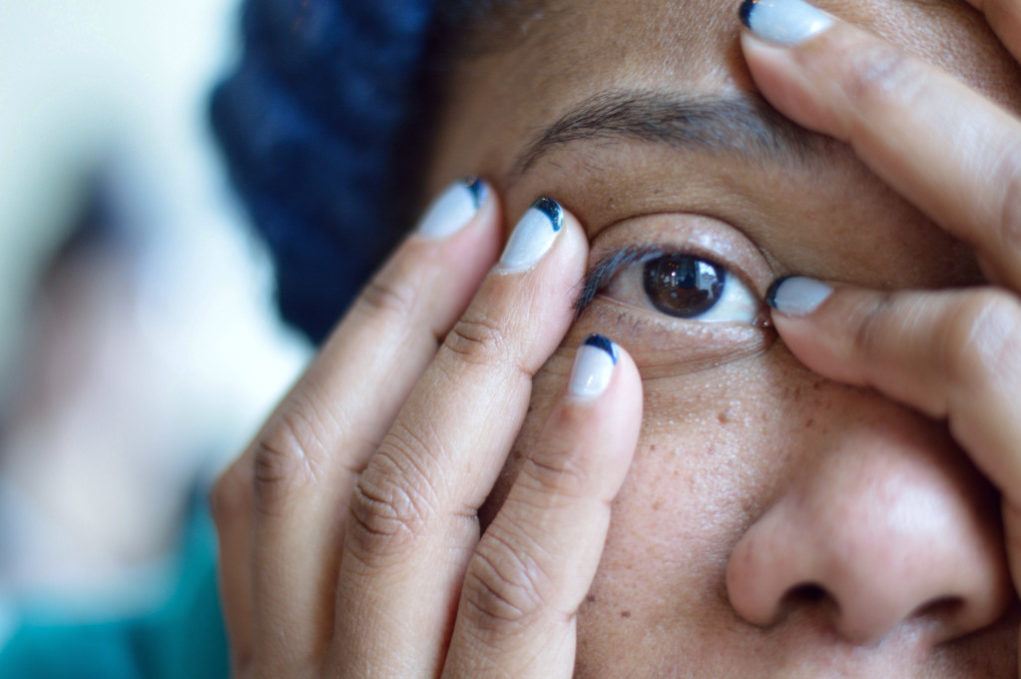Do you feel like you’re always staring at a screen, blurring your vision, or simply seeing spots in your eyes? If so, you may be experiencing floaters. While these aren’t painful, seeing flies or small black dots fluttering in front of your eyes can quickly become unpleasant, even distressing.

It is important to know that floaters, also called myodesopsia, are small, irregular clumps of condensed matter that form in the vitreous. They move very slowly across the eye’s field of vision and can take on several forms: black dots or small dark spots, threads or filaments, or even fragments of a spider’s web.
If you continue reading this article, you will learn about the causes of this eye disease and methods for treating it.
Causes of floaters
To understand the origin of floaters, you must first understand the role of the vitreous. What is it?
Also called vitreous humor, the vitreous is a type of clear, gelatinous substance found between the retina and the lens. It makes up nearly 80% of the eye and is responsible for its spherical shape. It plays a key role in vision and is frequently used during an eye test.
1. Aging of the vitreous
Floaters are primarily caused by the aging of the vitreous, which occurs with age from the age of forty. As we age, the vitreous begins to lose its gel-like texture; it becomes more liquid, sags, and gradually detaches from the inside of the eye.
2. Optic nerve damage
When the optic nerve is affected, this can cause these spots to form. Inflammation of the eye due to a retinal tear, damage, or problems affecting the blood vessels can also cause floaters.
3. Other causes
Other causes of floaters include:
- stress and significant fatigue
- anemia
- cataract surgery
- poor vascularization resulting from diabetes
- Myopia beyond 3 diopters.
How to treat floaters?
Generally speaking, no treatment is necessary for floaters. You just have to learn to live with them. Although it can be frustrating at times, you have to get used to it, and the discomfort will fade over tim.e However, sometimes these floaters can become so large or numerous that they affect vision.
Laser treatment
Performed by an ophthalmologist, laser treatment involves applying a laser to the various vitreous debris to break it up. This reduces it so that it is less visible.
Surgery
Vitrectomy involves a small incision to remove the vitreous from the eye. It is then replaced with a solution that maintains the shape of the eye. This substance will gradually produce new vitreous in a completely natural way.
In summary
Floaters are generally harmless. However, their appearance should alert you. If the condition persists and affects your vision, you should consult an ophthalmologist immediately.


